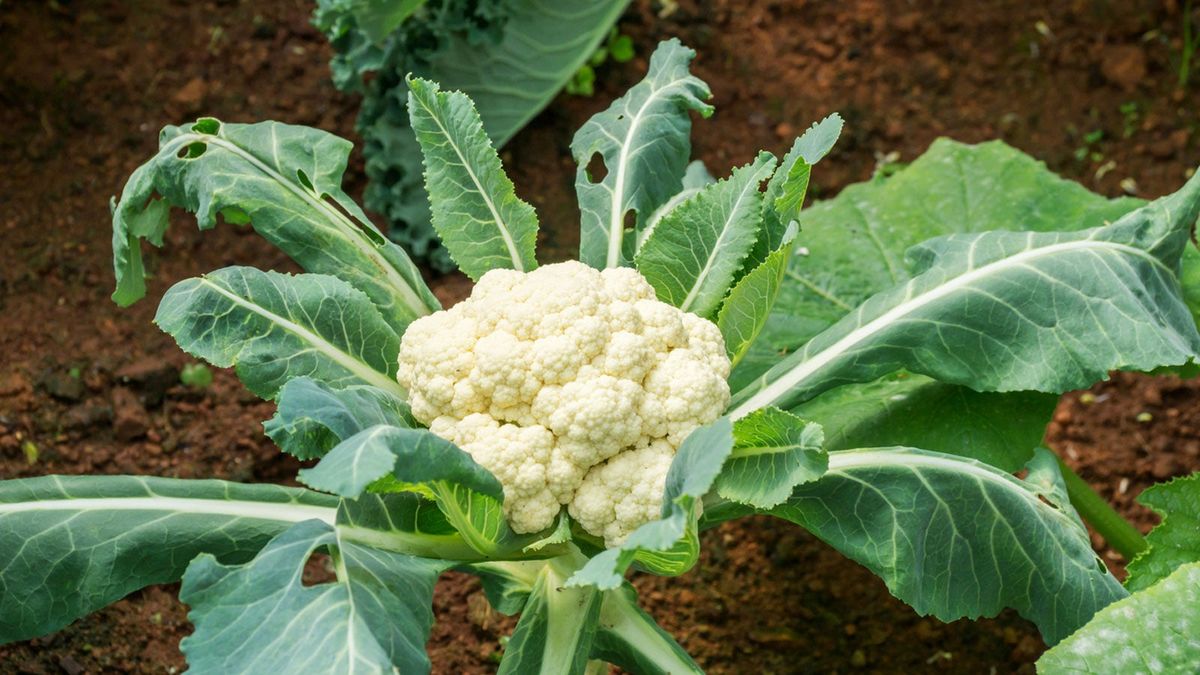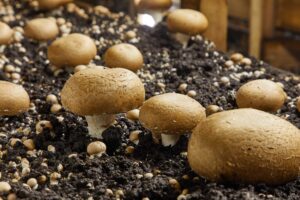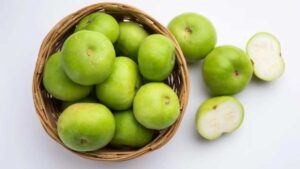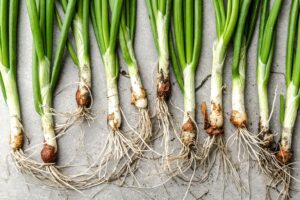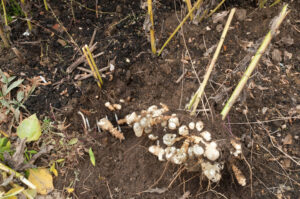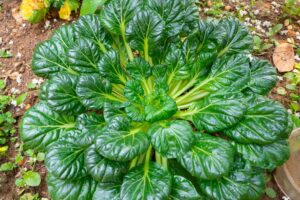How to Grow Cauliflower: A Complete Guide for Home Gardeners
Cauliflower, with its distinctive white heads and nutrient-rich profile, is a rewarding yet somewhat challenging vegetable to grow at home. Whether you have a spacious garden, a sunny balcony with containers, or even just a bright indoor space, you can successfully cultivate this versatile cruciferous vegetable. This comprehensive guide will walk you through everything you need to know about growing cauliflower in various settings across the US.
Understanding Cauliflower Basics
Cauliflower (Brassica oleracea var. botrytis) belongs to the Brassicaceae family along with broccoli, cabbage, and kale. It’s a cool-season crop that can be temperamental when conditions aren’t just right, but with proper care, you’ll be rewarded with delicious, homegrown cauliflower heads.
According to the USDA Agricultural Research Service, cauliflower contains high levels of vitamin C, vitamin K, and various beneficial antioxidants. Growing it yourself ensures you get the freshest possible harvest with maximum nutritional benefits.
Cauliflower Varieties for Home Growers
Before planting, you’ll need to choose the right variety for your growing conditions:
| Variety | Days to Maturity | Size | Special Features | Best US Regions |
|---|---|---|---|---|
| Snow Crown | 50-60 days | 6-7 inches | Early harvest, heat tolerant | All US regions |
| Amazing | 65-75 days | 7-9 inches | Self-blanching, disease resistant | Northeast, Midwest |
| Cheddar | 60-70 days | 6-7 inches | Orange color, high beta-carotene | All US regions |
| Graffiti | 80-90 days | 6-8 inches | Purple color, extra antioxidants | Pacific Northwest, Northeast |
| Fioretto | 60-70 days | Multiple small heads | Stick-type, sweeter flavor | Southern states, West Coast |
| Depurple | 80-85 days | 6-7 inches | Purple color, retains color when cooked | All US regions |
| Snowball | 65-75 days | 6-8 inches | Classic white, traditional variety | Northeast, Midwest, Pacific Northwest |
When to Plant Cauliflower
Timing is crucial for successful cauliflower cultivation. This vegetable prefers temperatures between 60-65°F (15-18°C) during the growing period.
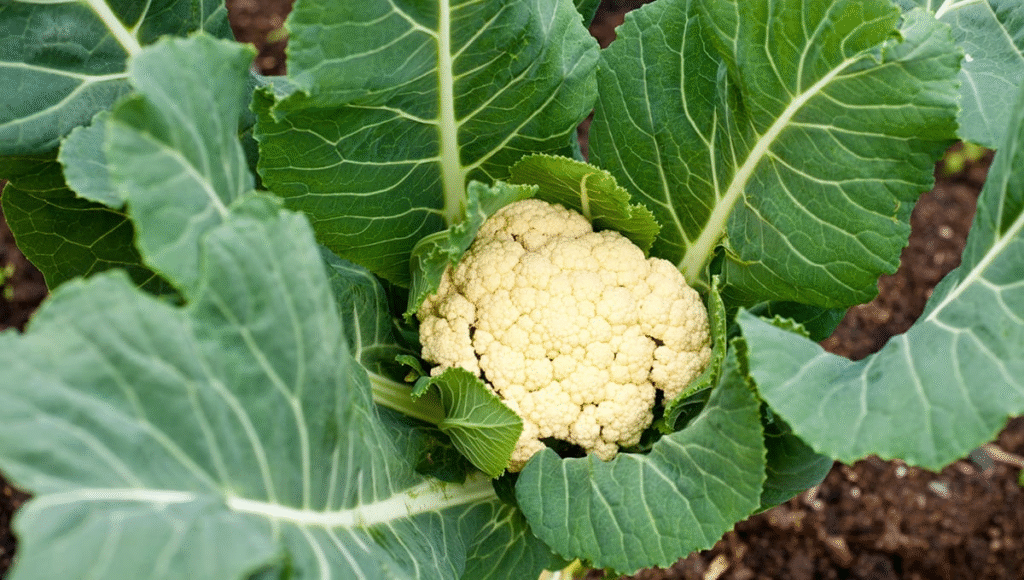
Spring Planting
- Northern US: Start seeds indoors 4-6 weeks before last frost date
- Central US: Start seeds indoors 3-5 weeks before last frost date
- Southern US: Direct sow in late winter/early spring
Fall Planting (Typically Produces Better Results)
- Northern US: Start seeds 10-12 weeks before first fall frost
- Central US: Start seeds 12-14 weeks before first fall frost
- Southern US: Start seeds in late summer for fall/winter harvest
How to Grow Cauliflower from Seed
Growing cauliflower from seed gives you access to more varieties and can be more economical. Here’s how to start:
Starting Seeds Indoors
- Prepare containers: Use seed-starting trays or small pots with drainage holes filled with seed-starting mix.
- Sow seeds: Plant seeds ¼ to ½ inch deep, with 1-2 seeds per cell or small pot.
- Provide optimal conditions:
- Maintain soil temperature at 70-75°F (21-24°C) for germination
- Once germinated, provide 14-16 hours of bright light daily
- Keep soil consistently moist but not waterlogged
- Hardening off: About 7-10 days before transplanting, begin exposing seedlings to outdoor conditions gradually, starting with 1-2 hours of filtered sunlight and increasing exposure daily.
Direct Sowing Outdoors
If your climate allows for direct sowing:
- Prepare soil by incorporating compost and ensuring a pH of 6.0-7.0
- Sow seeds ¼ to ½ inch deep and 2-3 inches apart
- Thin seedlings to 18-24 inches apart when they develop their first true leaves
- Keep soil consistently moist during germination
Growing Cauliflower in Garden Beds
Cauliflower thrives in properly prepared garden beds with the right conditions:
Soil Preparation
Cauliflower is a heavy feeder that requires nutrient-rich soil:
- Test your soil pH; aim for 6.0-7.0 (slightly acidic to neutral)
- Work in 2-3 inches of compost or well-rotted manure
- Consider adding a balanced fertilizer (10-10-10) before planting
- Ensure good drainage while maintaining moisture retention
Planting and Spacing
- Transplant seedlings when they have 4-6 true leaves
- Space plants 18-24 inches apart in rows 24-30 inches apart
- Plant slightly deeper than they were growing in containers
- Water thoroughly after planting
Ongoing Care
- Watering: Consistent moisture is critical; provide 1-1.5 inches of water weekly.
- Fertilizing: Side-dress with nitrogen-rich fertilizer when plants are about 8 inches tall and again when they begin forming heads.
- Blanching: For white cauliflower varieties, when the head (curd) is about 2-3 inches across:
- Gather the outer leaves over the developing head
- Secure with twine or rubber bands
- This protects the curd from sunlight, ensuring whiteness
- Mulching: Apply 2-3 inches of organic mulch to retain moisture and suppress weeds.
Growing Cauliflower in Containers
Don’t have garden space? You can successfully grow cauliflower in containers:
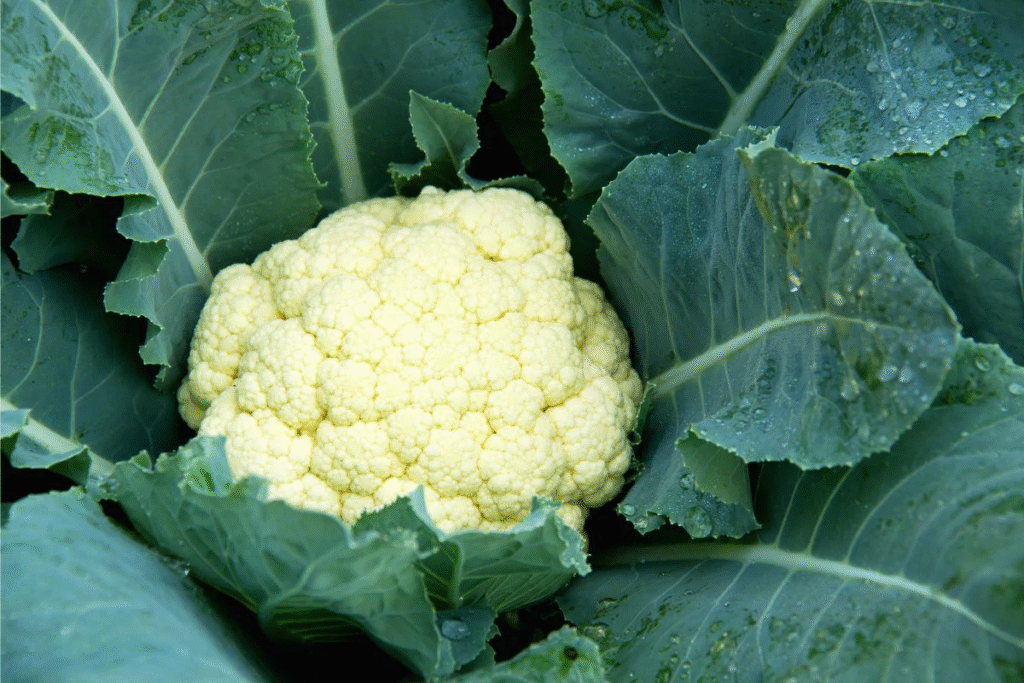
Container Selection and Preparation
- Choose a container at least 12 inches deep and 12-14 inches in diameter per plant
- Ensure adequate drainage holes
- Fill with high-quality potting mix enriched with compost
- Consider adding slow-release fertilizer to the mix
Container Growing Tips
- Place containers where they receive 6+ hours of sunlight daily
- Water more frequently than garden plants, potentially daily during hot weather
- Feed with liquid fertilizer every 2-3 weeks
- Consider using a larger container (16+ inches) for optimal results
- Select compact varieties like ‘Snowball’ or ‘Snow Crown’ for container growing
Growing Cauliflower Indoors
While challenging, growing cauliflower indoors is possible with the right setup:
Light Requirements
- Position near a south-facing window that receives 6+ hours of direct sunlight
- Supplement with grow lights if natural light is insufficient
- Keep lights 2-4 inches above plants for 14-16 hours daily
Indoor Growing Setup
- Use a container at least 12 inches deep with drainage holes
- Fill with high-quality potting mix amended with compost
- Maintain indoor temperatures between 60-70°F (15-21°C)
- Provide good air circulation with a small fan
- Hand-pollinate if necessary by gently shaking plants when flowering
Common Challenges and Solutions
Pest Management
Cauliflower can attract several pests:
- Cabbage worms: Handpick, use row covers, or apply Bacillus thuringiensis (Bt)
- Aphids: Spray with strong water stream, insecticidal soap, or neem oil
- Flea beetles: Use row covers, diatomaceous earth, or yellow sticky traps
- Cabbage root maggots: Apply beneficial nematodes, use protective collars around stems
According to the USDA National Institute of Food and Agriculture, integrated pest management (IPM) strategies can help reduce pest damage while minimizing chemical interventions.
Disease Prevention
Common diseases affecting cauliflower include:
- Club root: Practice crop rotation (4-year minimum), maintain proper pH
- Black rot: Use disease-free seeds, practice crop rotation, remove infected plants
- Downy mildew: Improve air circulation, water at soil level, apply organic fungicides if necessary
- Alternaria leaf spot: Remove infected plant debris, apply approved fungicides
Harvesting and Storing Cauliflower
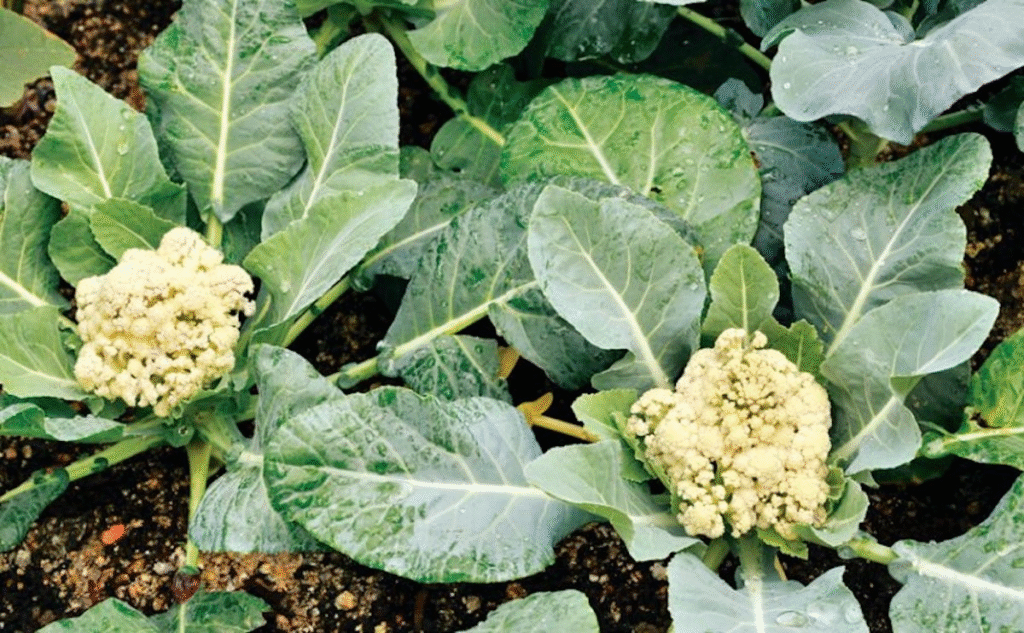
When and How to Harvest
Harvest cauliflower when:
- The head reaches desired size (usually 6-8 inches in diameter)
- The curd is still compact, smooth, and firm
- Before the curds begin to separate or develop a yellowish color
To harvest:
- Cut the stem 1-2 inches below the head using a sharp knife
- Harvest in the morning when temperatures are cooler for best flavor
- Consider harvesting smaller heads if hot weather is forecast
Storage Tips
- Refrigerate unwashed heads in a perforated plastic bag for up to 2 weeks
- For longer storage, blanch and freeze cut florets
- To preserve the harvest, consider pickling or fermenting
The US Cauliflower Market
The US cauliflower market has experienced significant growth in recent years, driven by increased consumer interest in low-carb diets and vegetable-based alternatives. According to the USDA Economic Research Service, US cauliflower production has expanded to meet this rising demand.
Market Trends
- Fresh cauliflower consumption has increased over 75% in the past decade
- “Cauliflower rice” and other processing innovations have expanded market opportunities
- Colored varieties (purple, orange, green) command premium prices at farmers’ markets
- Value-added products like frozen cauliflower pizza crusts have mainstreamed this vegetable
Growing your own cauliflower allows you to capitalize on these trends while ensuring the freshest possible product for your table.
Conclusion
Growing cauliflower at home might require some attention to detail, but the reward of harvesting your own perfect white (or colorful) heads is well worth the effort. By understanding the plant’s needs and following the guidelines in this article, you’ll be well on your way to cauliflower growing success, whether in a garden bed, container, or even indoors.
Remember that each growing region and microclimate presents unique challenges, so be prepared to adapt these recommendations to your specific conditions. With practice and observation, you’ll develop the skills needed to grow spectacular cauliflower that rivals anything available at your local market.
